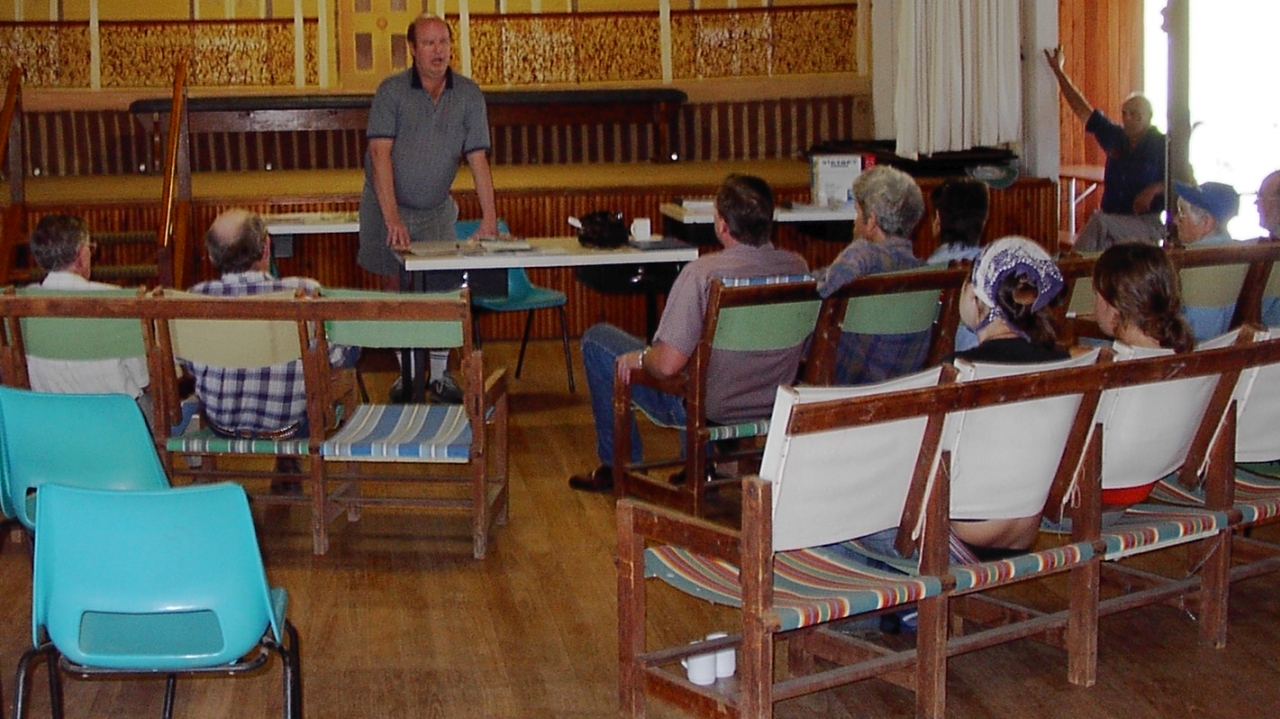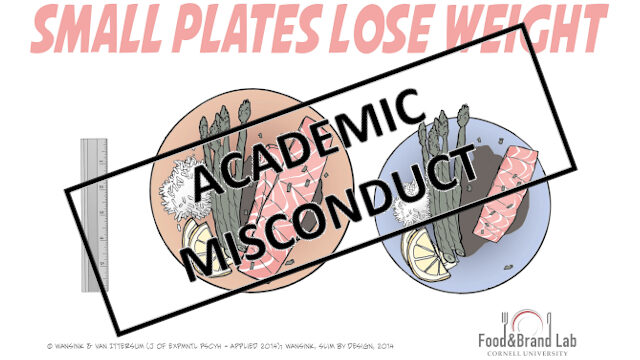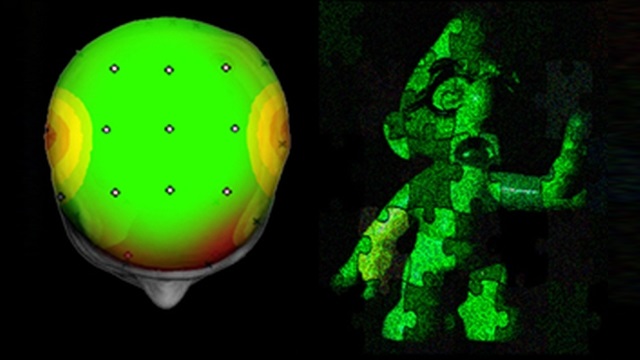
A successful model of integration in an art-science project [Arts & culture in KM part 6]
This article is part 6 of a series exploring arts and culture in knowledge management.
By Diaa Ahmed Mohamed Ahmedien. Originally published on the Integration and Implementation Insights blog.
How can new-media art-science projects move beyond raising public awareness of science to achieve a high level of layperson involvement in a scientific process? How can such projects use two-path integration:
- across multiple academic disciplines, and
- including the participation of laypeople?
In 2017, I developed an interactive game, using a holographic scene, where participants had to interact physically with their neural activities to complete the required processes and tasks (see the figure immediately below). A participant was attached to EEG (electroencephalography) monitoring and then, when standing at a table that had a set of holographic plates laid out upon it, they had to puzzle-out a hologram of a toy. How the holographic plates were illuminated, and hence the possibility of seeing the holographic puzzle, depended on the participant’s brain responses.
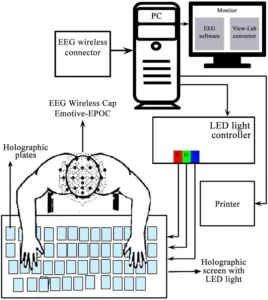
As illustrated in the figure below, the artwork integrated three academic disciplines to allow the layperson to play with their own brain using the holographic puzzle as a connecting bridge:
- Applied physics – expertise in the holographic recording set-up
- Neurology – expertise in transferring players’ neural signals from frequency scale into wavelength scale that could be used again to illuminate pieces of the puzzle
- Interactive art – expertise in conceiving and designing the interactive holographic pieces of the puzzle that were displayed and combined using the neural signals emitted from the players’ brains.
The artwork also engaged with laypeople at three levels, leading to the provision of three types of data:
- Behavioral data derived from their responses to the interactive system
- Cognitive data derived from the skills they used to solve the problem of the game itself using their individual knowledge
- Neural data derived from their brains’ neural responses to both previous types of data.
In this way, the layperson provided a comprehensive feed to the system so that it processed their real data and reused those data to update the system, in turn leading the layperson to update their data to resend it to the system and so on in an infinite loop.
There were also three interacting outputs, also illustrated in the figure below:
- For new-media art: Together, the physical actions of the laypeople which constituted the “performance” aspects of the artwork and the analysis of the interactive processes formed the basis of new empirical principles for contemporary interactive arts based on neuroaesthetics.
- For neurology: Quantitative data based on the physical actions were combined with neural analysis to provide new empirical data about the relationship between behavioral, cognitive, and social activities and how these changed depending on the situation.
- For applied holography: The visual features of the holographic images (decoded by the participants’ neural signals) provided a new empirical approach to study the holographic reconstruction system based on biological information.
Each discipline, therefore, benefitted from the interaction. The laypeople were an integral part of the artwork itself and, in essence, they co-governed the system.
Next steps
This practical model presents a case of integration among three disciplines and laypeople. It raises an interesting question of whether and how laypeople could be included in scientific research experiments and processes using artwork as the intermediary.
Do you have any experiences to share of using interactive art to integrate across disciplines and between science and society? Do you have any ideas about how interactive art could be used to include laypeople in scientific research? Can you imagine interactive art as a means of integration or a means of science outreach instead of being a means of entertainment? Can you foresee any ethical challenges?
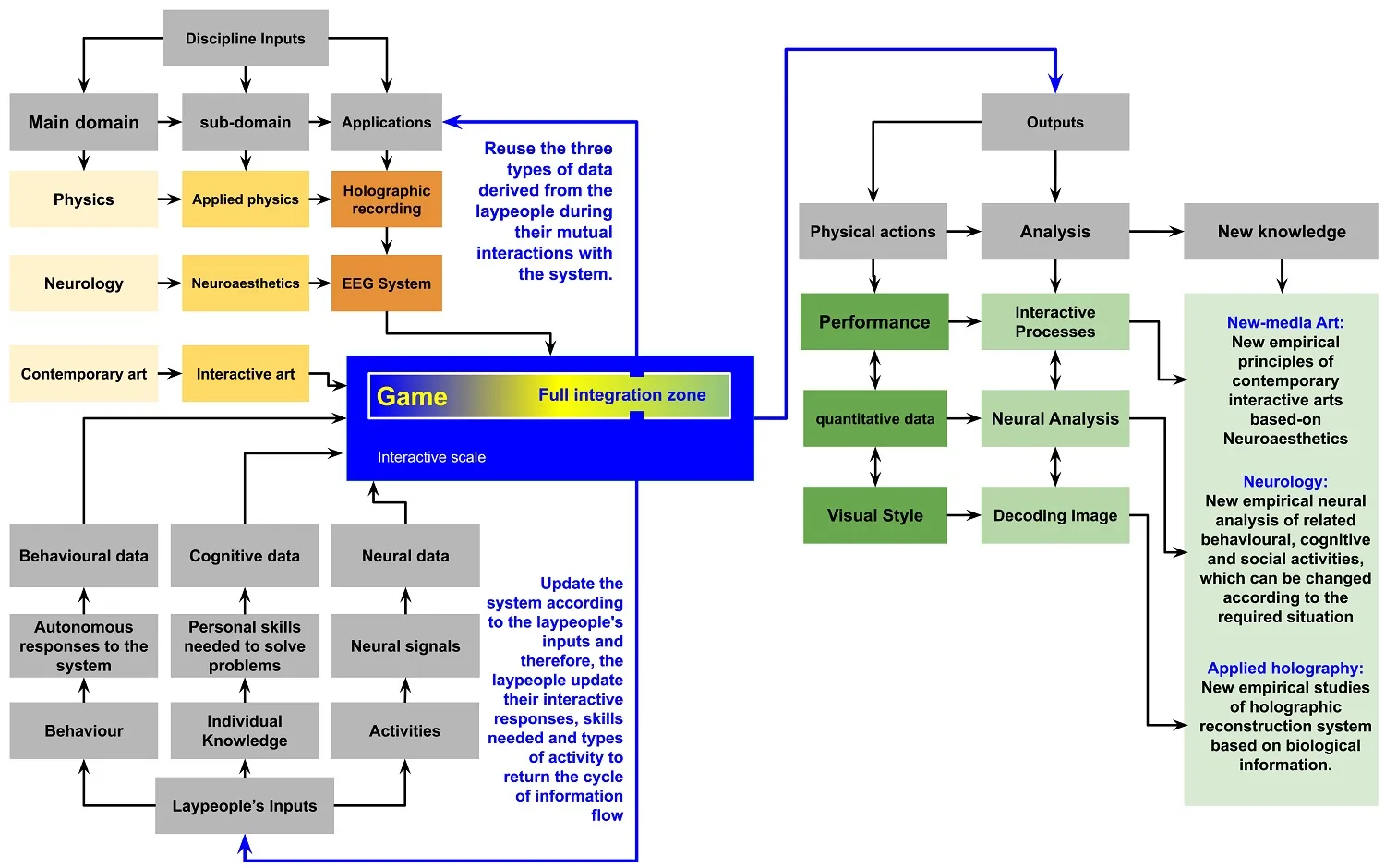
To find out more:
Ahmedien, D. A. M. (2017). Reactivating the neural dimension role in interactive arts. Leonardo, 50, 2: 182-183. (Online) (DOI): https://doi.org/10.1162/leon_a_01376
Biography:
 |
Diaa Ahmed Mohamed Ahmedien PhD is a lecturer of sciences of new-media art and technology in the Drawing and Painting Department, Helwan University in Cairo, Egypt. He is an artist, educator, researcher, and creator of interactive artworks. He specializes in the area of the sciences of new-media arts, digital humanities, visual communications, and medical humanities, all of which emphasize the crucial role of the intersections among the arts, sciences and technology in shaping knowledge-based societies. |
Article source: A successful model of integration in an art-science project. Republished by permission.
Header image: An illustration how a participant’s neural brain signals can be converted into a particular light color to be used for reconstructing a holographic image. Source: © Ahmedien 2016.



